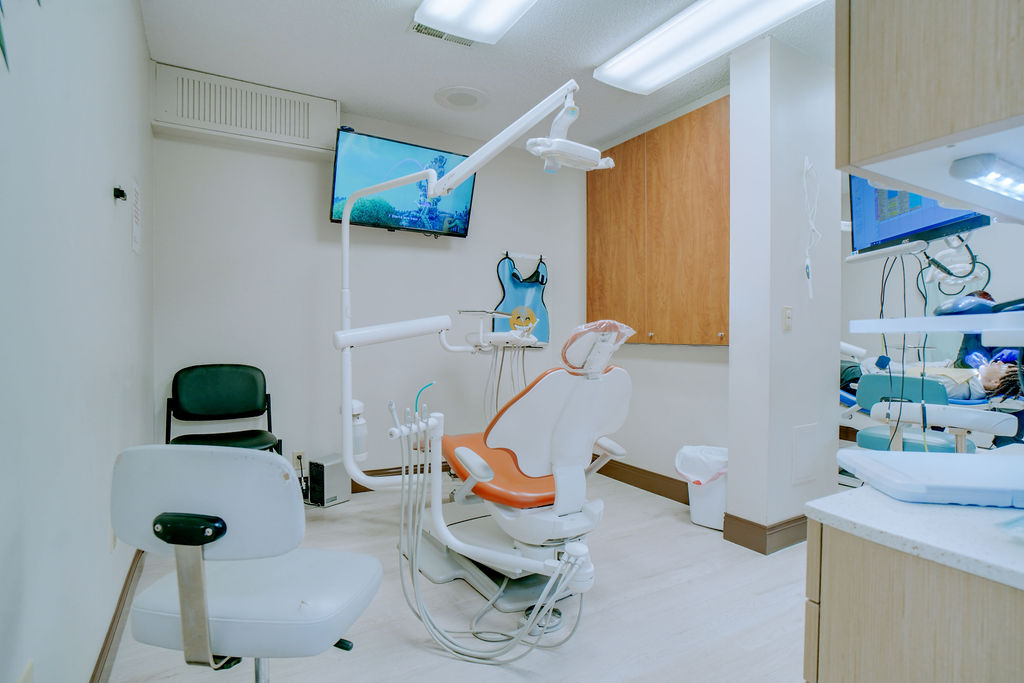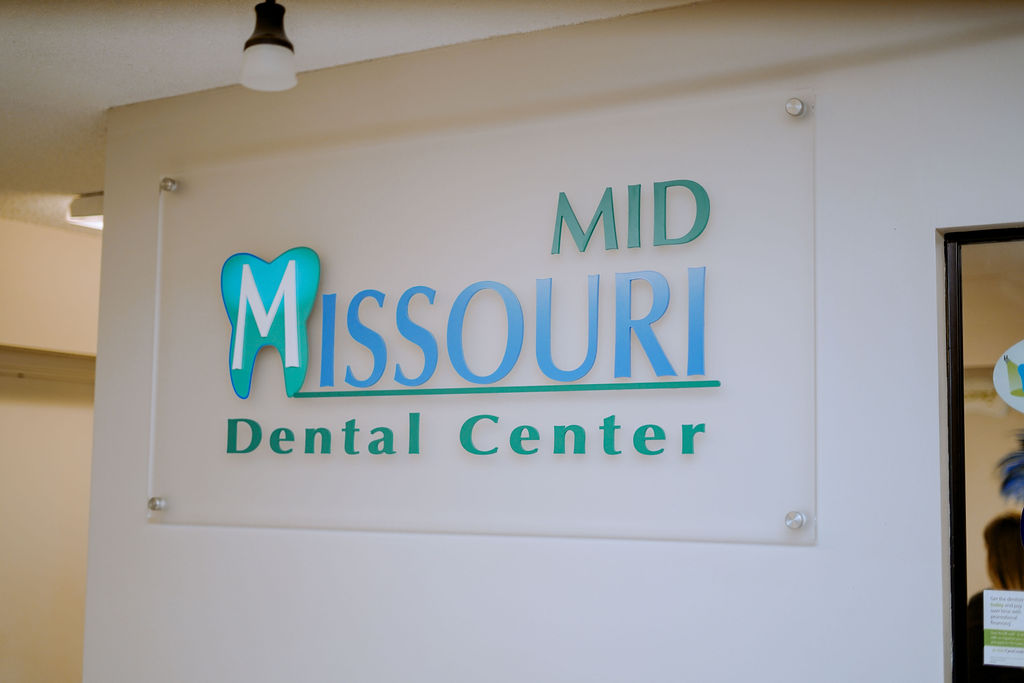FAQ
Questions About Family or Cosmetic Dentistry?
Below is a list of some of the questions we get asked most frequently from our patients. If you have a question that isn’t answered below, feel free to give our Columbia, MO dental practice a call and we’ll be happy to assist you.
Taking Care of Your Teeth and Gums
You should visit the dentist at least twice a year. A dental exam can reveal early signs of decay and disease that you may not see or feel. Catching these conditions early can help control them before they get worse and harder to treat. Additionally, getting a cleaning by a trained professional will remove plaque in areas you may have missed or cannot reach.
You should brush at least twice a day, once in the morning and once before going to bed. You should floss at least one time every day.
The following guidelines are important to brushing correctly.
1. Firstly, make sure to use a soft-bristled brush. Hard-bristled brushes can wear down the enamel of your teeth.
2. Place your brush at a 45 degree angle to your gumline. Bristles should contact both the tooth surface and the gumline.
3. Use short back-and-forth strokes or tiny circular movements to brush your teeth. Each movement should be no bigger than the size of each tooth.
4. Make sure to use gentle strokes while brushing. Gentle strokes are effective in removing plaque, while too much pressure can wear down the enamel of your teeth.
5. Brush all surfaces of each tooth, including the outer, inner, and the chewing surfaces of the teeth.
6. Finally, don’t cut your brushing short! Make sure to brush for at least 2 minutes.
The following guidelines are important to flossing correctly.
1. Take 18″ of floss and wind it around the middle finger of each hand. You can use these fingers to take up floss as it becomes dirty. Using your thumb and forefinger, pinch the floss leaving 1-2 inches in between for cleaning.
2. Gently move the floss up and down the spaces of your teeth. Never snap the floss down onto your gums, as it can cause damage.
3. As you move the floss down into the space between two teeth, slide it up and down against the surface of one tooth. Gently clean at the gumline as well.
4. Repeat this process for all of your teeth.
Plaque is a sticky, clear film which forms every day on teeth from food debris and bacteria. If plaque is not removed, it can lead to gum disease and cavities. Regular dental check ups, along with brushing and flossing every day, can help prevent plaque buildup on teeth. In addition, avoiding sugary snacks and eating a balanced diet can help control plaque.
Periodontal (Gum) Disease
Periodontal (gum) disease is an infection of the gums and bone that hold your teeth in place. Typically, periodontal disease occures when plaque builds up on the teeth and hardens, often due to poor brushing habits. The gums can become swollen and red in the early stage of the disease, called gingivitis. As the disease advances, periodontal disease can lead to sore and bleeding gums, pain while chewing, as well as tooth loss.
The following are signs of periodontal (gum) disease, and you should contact your dentist if you experience any of these:
- gums that bleed while brushing
- red, swollen or tender gums
- gums that have pulled away from the teeth
- bad breath that doesn’t go away
- pus between your teeth and gums
- loose teeth
- a change in the way your teeth fit together when you bite
- a change in the fit of partial dentures
Periodontal disease can be prevented by practicing good oral hygiene. This includes brushing, flossing, and visiting you dentist regularly. Also make sure to eat a healthy diet to get the required vitamins and minerals necessary for your teeth.
Other Common Questions
Bad breath is caused by a variety of factors, including the types of food you ingest, periodontal disease, dry mouth, and other causes. Going to your dentist will help you determine the cause of your bad breath, so that you can take steps to elminate it.
Regardless of the cause of your bad breath, good oral hygiene and regular checkups to the dentist will help reduce it. Brushing and flossing will eliminate particles of food stuck between your teeth which emit odors. It will also help prevent or treat periodontal disease (gum disease), caused by plaque buildup on your teeth, which can lead to bad breath. Dentures should be properly cleaned and soaked overnight in antibacterial solution (unless otherwise advised by your dentist). Finally, make sure to brush your tongue regularly to eliminate any residue.
Meet Your Award-Winning Doctors
At Mid Missouri Dental Center, Dr. Susan Lance and Dr. Charlotte Stueve are committed to providing excellence in dentistry, and each stands out as a leading dentist in Columbia, MO. They use the latest in dentistry techniques to provide you with a beautiful and healthy smile. Additionally, we believe strongly in education to prevent oral health problems before they occur, and make sure to keep patients fully informed about their dental health.

We Love Hearing From Our Patients

Reviews
Positive Feedback & Testimonials
Our Location


Mid Missouri Dental Center
Address
Phone
Working Hours
- Monday: 7am-7pm Tuesday: 9am-5pm Wednesday: 8am-5pm Thursday: 8am-5pm Friday: 8am-3pm



